The use of iodine for cabbage
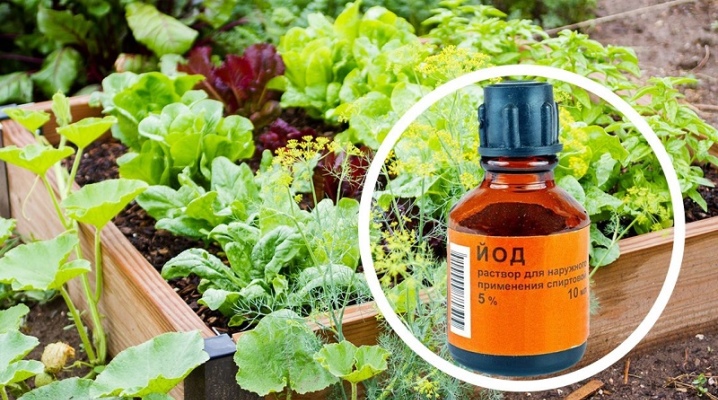
Applying iodine to cabbage is a common practice that can achieve several goals. Deficiency of this chemical element not only affects the development of a healthy cruciferous vegetable. It is an antiseptic that prevents the spread of pests and diseases, a folk remedy for bait that has been used for decades. Knowledge of the intricacies will allow you to avoid common mistakes in the practice of a vegetable grower, to achieve a useful result with minimal expenditure of money.
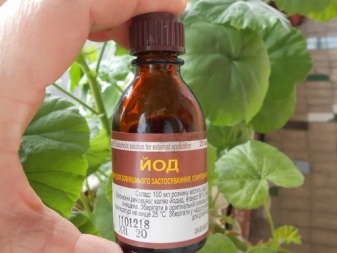

Benefit and harm
The use of folk methods is often perceived with skepticism, although experienced gardeners noted that iodine for cabbage is useful in several periods of plant life and is successfully used in different forms for growing other garden crops. The list of benefits that the use of this common chemical element gives is variable and depends on the field of application:
- disinfection of the soil;
- for preventive purposes, preventing damage by diseases and pests;
- obtaining the correct formation of the fork (without voids and deformation of the shape);
- giving a marketable appearance to a vegetable grown for profit (preventing fading in color and thinness of the leaves);
- improving the properties of already ripe cabbage - the resulting heads of cabbage are stored longer if fresh storage is planned in the cold season.
When working in the garden, the purpose of using a chemical element for a healthy vegetable is always taken into account. It determines the time of feeding or disinfection, the recommended dosage and methods of administration of the solution (root bait, spraying). The practical range of such methods is not limited to white cabbage, it can be adopted when growing cauliflower and broccoli, other members of the cruciferous family, ornamental species common in landscape design as a plant for autumn flower beds.

Terms and rules of application
Experienced gardeners recommend treating plants with iodine in the evening, after sunset. This can also be done in cloudy, calm weather, when, according to the forecast, there is no rain and the air temperature is not very high. Too often this is not worth doing, there are specific deadlines for each process.
- For the first time in the season iodine is used for soil disinfection and seed treatment using its natural antiseptic properties.
- For the second time, it is used for the rehabilitation of the beds, in which it is planned to plant ready-made seedlings, at the same time replenishing the deficiency of a valuable microelement in the spring soil.
- Already in open soil, plants that have collected at least 3 leaves are sprayed from a garden spray bottle. The purpose of the treatment is to prevent common diseases, to strengthen natural immunity. Achieving these two goals promotes growth and formation of an attractive and dense head of cabbage.
- A month after spraying the sprouts growing in the open field, root bait is carried out. It is needed to stimulate growth, increase the size of the fork. This time the purpose of administration is different - the microelement optimizes intracellular metabolism, accelerates growth processes and supports the immune system.
The optimal timing is in July, although the main reference point is not the summer month, but the stage of development, which occurs at different times in ultra-early, mid-early and late varieties, or depending on the type of garden crop. The final application period for the solution is a couple of weeks before harvesting. It can also be calculated depending on the ripening period of the variety.
For pre-winter combs, foliar dressing gives particular stability during storage, improves the taste and density of the harvested heads.
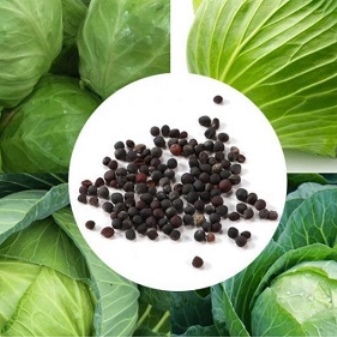
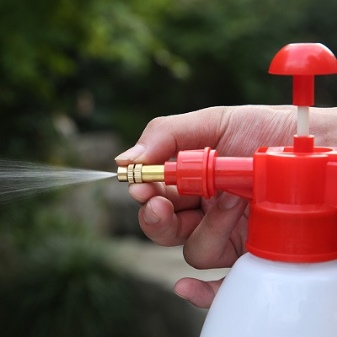
How can you dilute?
The long tradition of using iodine bait and use as an antiseptic has led to the emergence of numerous variations in the preparation of the solution. Iodine-containing formulations are prepared in different ways and in compliance with the required proportions.
- Preventive soaking of plant seeds is carried out in a prepared warm liquid, where a drop of natural antiseptic is added for each liter.
- Spilling open ground before transferring seedlings is made with a composition prepared from 3 drops of potassium iodide and 10 liters of clean (filtered or settled) warm water.
- Treatment and prevention of late blight is carried out with a solution of a liter of milk whey, hydrogen peroxide (15 ml) and 40 drops of iodine. Compliance with the specified proportion and regular treatment with iodine, diluted with water and serum, between the beds (every ten days, after sunset) allows you to achieve the desired result for each member of the Cabbage family.
- Water (a bucket of 10 liters) is diluted with milk (1 liter) and a useful chemical element (15 drops). An irreplaceable preventive composition is formed for seedlings transferred to natural conditions from greenhouses. Bacterial infections and pathogenic microorganisms do not have a harmful effect on plants that have not yet matured.
- Foliar dressing of cabbage is carried out by adding to each 10-liter bucket ¼ tbsp. l. iodine as soon as the formation of a full-fledged fork starts.
- It is recommended to perform root watering at the same time, pouring 1 liter of water with 4 drops of iodine under each plant.
The effectiveness of the treatment of cabbage from aphids with a solution of soap has been tested by many years of experience of gardeners. For cooking, you need to dilute in 5 liters of water:
- 50 g of simple laundry soap;
- 3 drops of iodine;
- 5 drops of ammonia.
Having processed cabbage with such a composition, you do not have to worry about an imminent invasion for the entire period of growth.
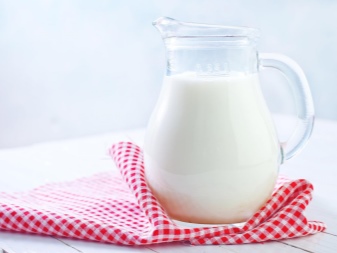
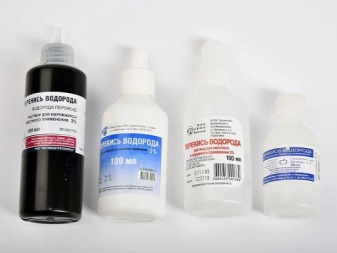
Use cases
Lack of iodine negatively affects human health, but too much iodine also causes illness. The same is the case with plants. There may be enough or even a lot of halogen in the soil. Therefore, it is especially important to observe the correct dosage, time and method of administration prescribed for this by folk remedies.
The number of recipes using the element discovered in the 18th century by B. Courtois is significant, therefore, the scope of application in gardening should be limited and the traditional methods of use should be carefully studied. This will help avoid common mistakes made by inexperienced growers:
- seed treatment is carried out by soaking for a period not exceeding 3 hours (in a ratio of 1l / 1 drop);
- for seedlings, a milk solution is used (water 10 l / milk 1 liter / iodine 15 drops), moderate watering of the soil or its alternatives is carried out;
- regularly water the aisles with a composition with milk whey, at sunrise or sunset after simple watering or natural precipitation;
- spraying is done only at the stage of the ovary and only with a certain composition (iodine 5 drops / water 10 l);
- for tying heads of cabbage, it is good to use the foliar bait of the plant (1/4 tbsp. l potassium iodide / 10 l of water);
- to acquire long-term storage properties, 40 drops of halogen, diluted in a 10-liter bucket, must be used at a later stage.
By correctly alternating the methods and observing the dosage of the solution, such methods can be used for all types of cabbage, including cauliflower, Savoy, broccoli, Peking and other popular representatives of the Cruciferous family.
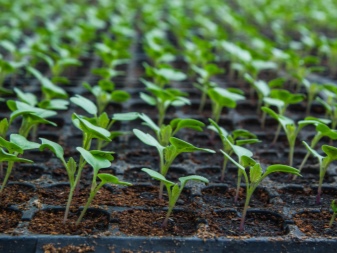
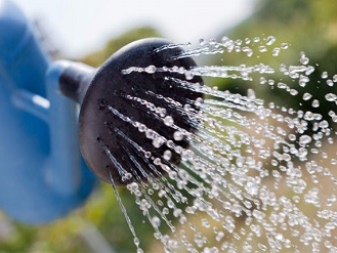
Top dressing
Potassium iodide is an excellent fertilizer, and the point is not even that, compared to other species, it costs mere pennies. The specificity of feeding varies at each stage of plant development:
- it is possible to fertilize cabbage seedlings only with a composition with a low concentration of a chemical element, so as not to damage the still weak roots and not destroy bacteria useful for development and composition in the soil;
- you can feed it again only after transplanting into open ground and finally fixing the plant;
- loosening and preliminary watering are necessary for the even distribution of the trace element in the soil and its gradual entry into the cabbage.
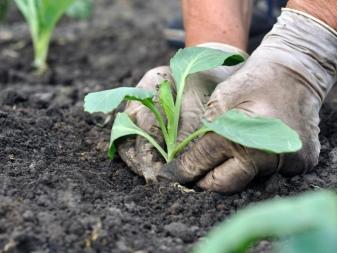
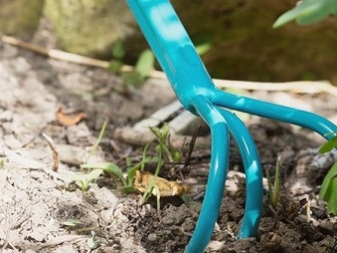
Pest control
Even at the seedling stage, halogen forms and strengthens natural immunity, and seed disinfection becomes an obstacle to common plant diseases. but it is not worth dwelling on this, during the growth period the cabbage again becomes vulnerable and, after being transferred to open ground, needs additional support. Processing row spacings with a solution of serum and protecting young cabbage with a milk solution will protect it from pathogens and fungi, late blight.
From gray rot and from aphids, spraying is used, which is relevant at the stage of formation of the main fork leaves. The same measure will help protect growing cabbage from insect pests.
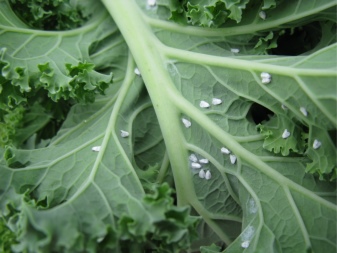
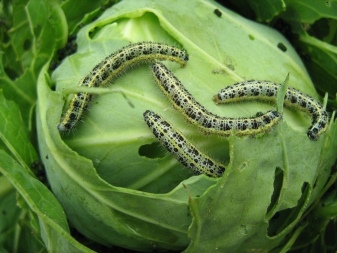
Common mistakes
Misses happen quite often, so growers share their experience and post tutorial videos for inexperienced users. The unprofessional use of an effective remedy leads to unpleasant surprises. This comes from non-compliance with the dosage, the delay in the measures taken, or from the use of the solution in a non-recommended way, but in another version.
To think that iodine cannot help or harm on the difficult path of gardening is wrong. Correctly carried out measures will help to grow an excellent harvest, with useful and valuable properties, for long-term storage and health of a person who consumes vegetables.
For information on how to properly feed cabbage so that heads of cabbage form, see the next video.













The comment was sent successfully.